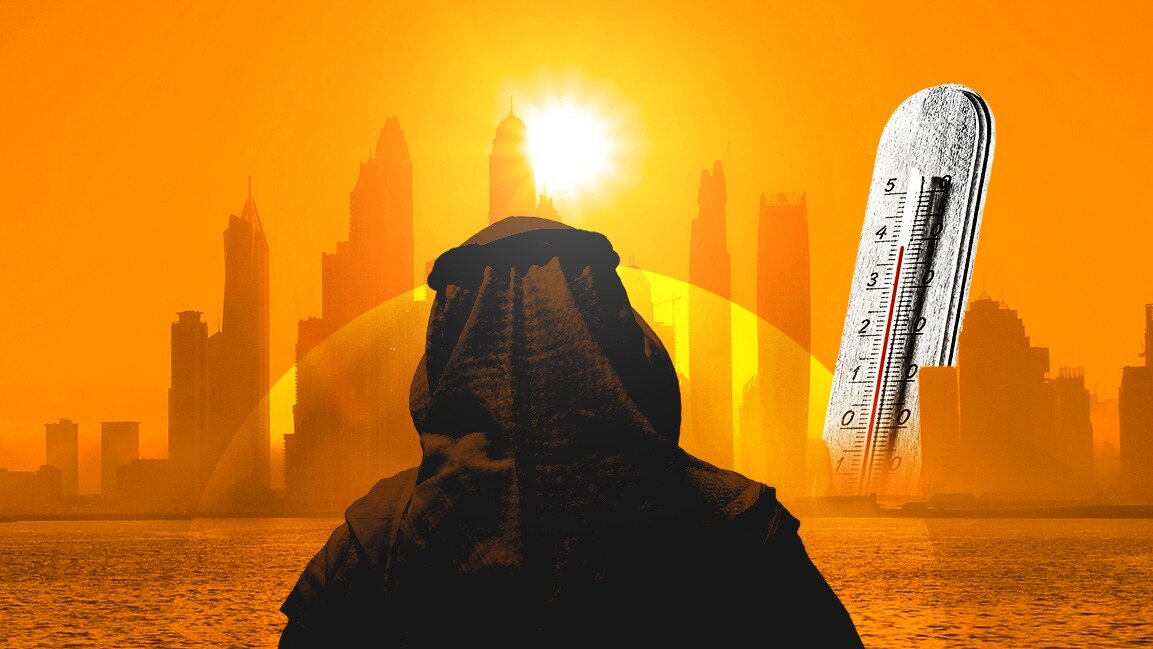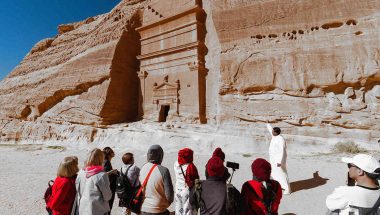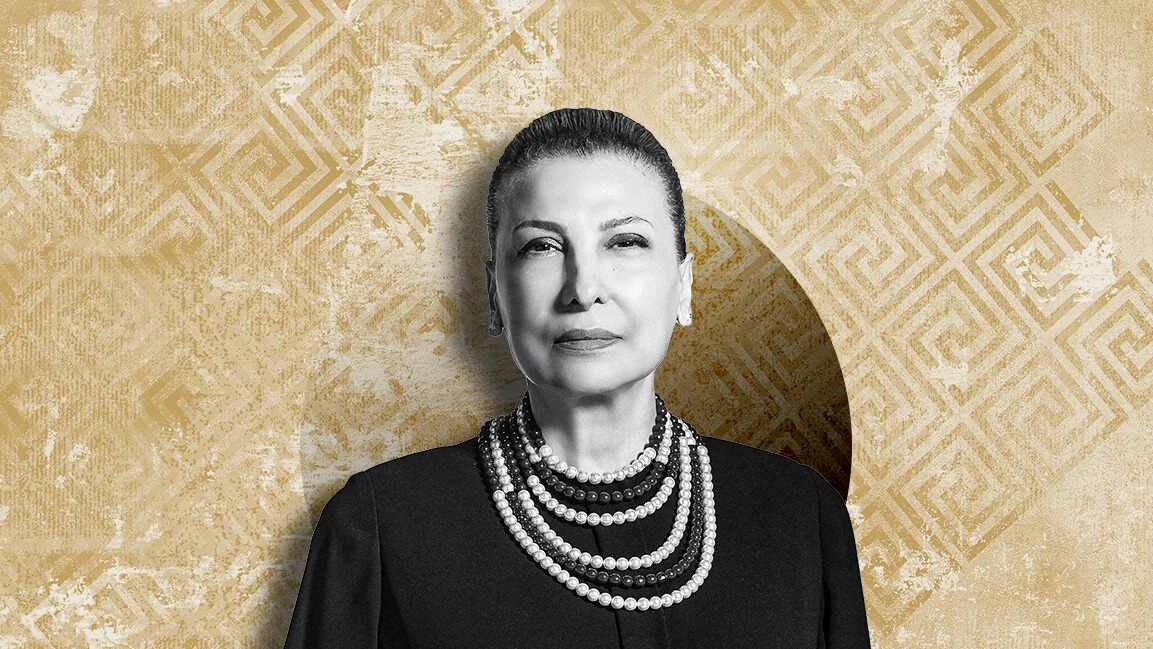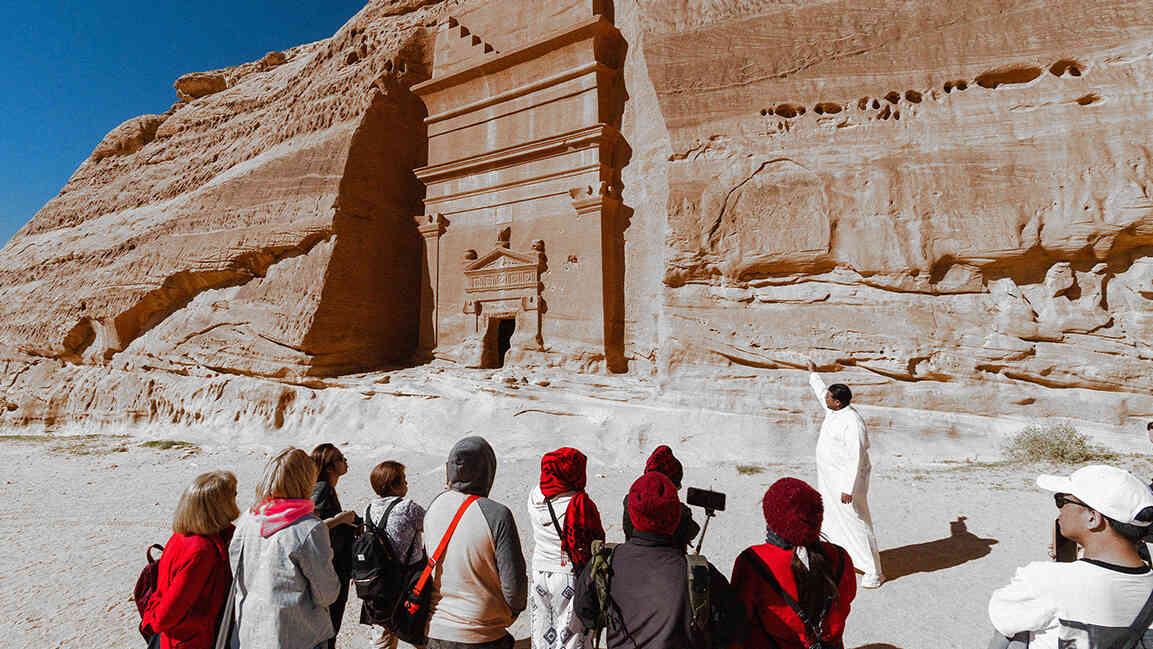- | 9:00 am
Who can fight against the heat in the Middle Eastern cities? Chief heat officers
Experts say such a role would require professionals with a mix of technical and policy experience, grounded in public health.

The past few years have been extraordinary in terms of record-breaking temperatures. In many of the Middle Eastern cities, the temperature is beginning to rise above 45 degrees Celsius (122 Fahrenheit). Soon, it will reach a baking temperature of 50 degrees Celsius.
Over the next few years, heat waves will get worse with climate change.
According to a study published in The Lancet, the number of heat-related deaths in the countries in the MENA region is likely to increase 60 times by the end of this century, about 123 per 100,000 people in the last two decades of the century. The study also noted that by 2050, nearly 70% of the population is expected to reside in major cities, affecting how extreme heat impacts local populations.
Cities are often several degrees warmer than nearby rural areas because heat trapped by dense clusters of concrete and dark-coloured roads and buildings creates a “heat island” effect, meaning nighttime temperatures remain high.
This clearly requires a plan of action to help people in cities deal with extreme heat and take preparatory measures.
However, across the region, governments don’t have an agency or people exclusively to address the heat issue and increase awareness and preparedness, even though dense urban centers bear the brunt of extreme warmth. The weather and health departments only issue red alerts when people are likely to develop heat illness or stroke.
ESTABLISHED PROCEDURE
In 2021, public health experts based in Qatar pointed out in the journal Climate Change Law and Policy in the Middle East and North Africa Region that most countries in the region lack a clear strategy for addressing the long-term effects of climate change on public health.
Given the unpreparedness, experts advocate a codified response when a heatwave hits, as the effects can cascade across multiple sectors, including public health, transportation, energy, and emergency services.
“Having a tested playbook or a dedicated agency to turn to during an extreme heat emergency is incredibly important,” says Dr. Walid Saleh, water resources management specialist and head of the Water and Natural Resources Programme at FAO, Yemen. “Without this, cities might struggle to handle the full scope of the crisis, leading to confusion, delayed actions, and resource mismanagement.”
When there is an established procedure for issuing heat advisories, such as opening cooling centers or distributing water, Dr. Saleh adds that it’s much easier to mobilize resources and execute plans.
A dedicated agency or strategy focused on heat adaptation would ensure that cities constantly plan for the future, identify the areas most at risk, and integrate heat resilience into urban planning. “Over time, this can lead to long-term improvements like better infrastructure, more green spaces, and improved public health systems,” Dr. Saleh adds.
Many health and environment experts suggest dedicated Chief Heat Officers (CHOs) who can develop proposals to handle heatwaves efficiently and equitably. It’s not just about reacting to an emergency but proactively planning for one.
“As cities in the Middle East continue to experience accelerated rates of warming, CHOs could be an asset for urban areas to mount a coordinated response against extreme heat,” says Mohammed Mahmoud, a climate adaptation policy expert and the Lead for Middle East Climate and Water Policy with the United Nations University’s Institute for Water, Environment, and Health. “Such a role would require professionals with a mix of technical and policy experience, grounded in public health.”
Despite the cities in this region facing some of the highest global temperatures, Jessica Hollander-Torress, Chief Commercial Officer at A1RWATER, says the response is often fragmented or reactive. “CHO isn’t just a title. It’s a signal that heat is being taken seriously. It’s someone dedicated to asking: who’s affected most, and how can we do better? That level of focus can bring real humanity to how we prepare for rising temperatures, especially during hot summer months.”
BETTER PLANNING
Heatwaves intensify vulnerabilities in dense cities with concrete-heavy environments, especially among the elderly, laborers, and low-income communities. A CHO can coordinate across departments to implement cooling centers, urban greening, heat-health early warning systems, heat-resilient building codes, plant trees, and teach people about the effects of extreme heat on the human body.
Moreover, this role can drive public awareness campaigns, advocate for climate-adaptive design, and ensure that heat risks are embedded in long-term climate resilience strategies. “Given the region’s projected warming, having a CHO isn’t just innovative—it’s essential,” adds Dr. Saleh.
According to experts, CHOs could come from backgrounds in public health, nonprofit work, and corporate sustainability—areas that provide valuable skills and experience in managing community health, addressing social equity, and building sustainable practices.
“Their mandate would include providing policies, forecasts, and public advisories regarding periods of elevated warming and the ability to mobilize resources to protect the communities most vulnerable to heat,” says Mahmoud.
Additionally, Dr. Saleh says, CHOs could leverage their networks and resources to share real-time stories, tips, and warnings across the country, providing a coordinated response and fostering a community-based approach to dealing with extreme temperatures.
Because extreme heat, driven by human-caused climate change, is creating a slow-moving public health disaster plan, CHOs could spur immediate action, develop proposals to help cities adapt to extreme temperatures, and serve as strong advocates for the people suffering the most from heat-related impacts.
“Climate impacts don’t happen in isolation; they ripple across health, income, education, and overall well-being,” says Hollander-Torress. “Leaders who understand how systems connect are often the ones who lead with empathy. When someone can bridge policy with real-world experience, they become a powerful advocate, helping people feel seen and supporting cities in responding with greater care and clarity.”
Dr. Saleh said CHOs could work with urban planners, environmental scientists, and public health experts to create comprehensive proposals focused on heat adaptation. This could include identifying and expanding heat-resilient infrastructure, such as green spaces, cool roofs, and urban forests; creating cooling centers and shelter options for vulnerable populations; and promoting policies like tree planting, better urban design, and increased shade in public spaces to mitigate the urban heat island effect.
The health repercussions of extreme heat are exacting an increasingly deadly toll; mounting a coordinated response to extreme heat is critical.
By working closely with city agencies, CHOs could push for policies that protect residents from heat-related risks, coordinate with emergency management teams to integrate heat preparedness into disaster response frameworks, and work with public health departments to monitor and respond to heat-related illnesses in real time.
“Through these efforts, CHOs could ensure that cities are better prepared to handle extreme heat and that policies and actions are in place to protect the health and well-being of their most vulnerable populations,” says Dr. Saleh.








































